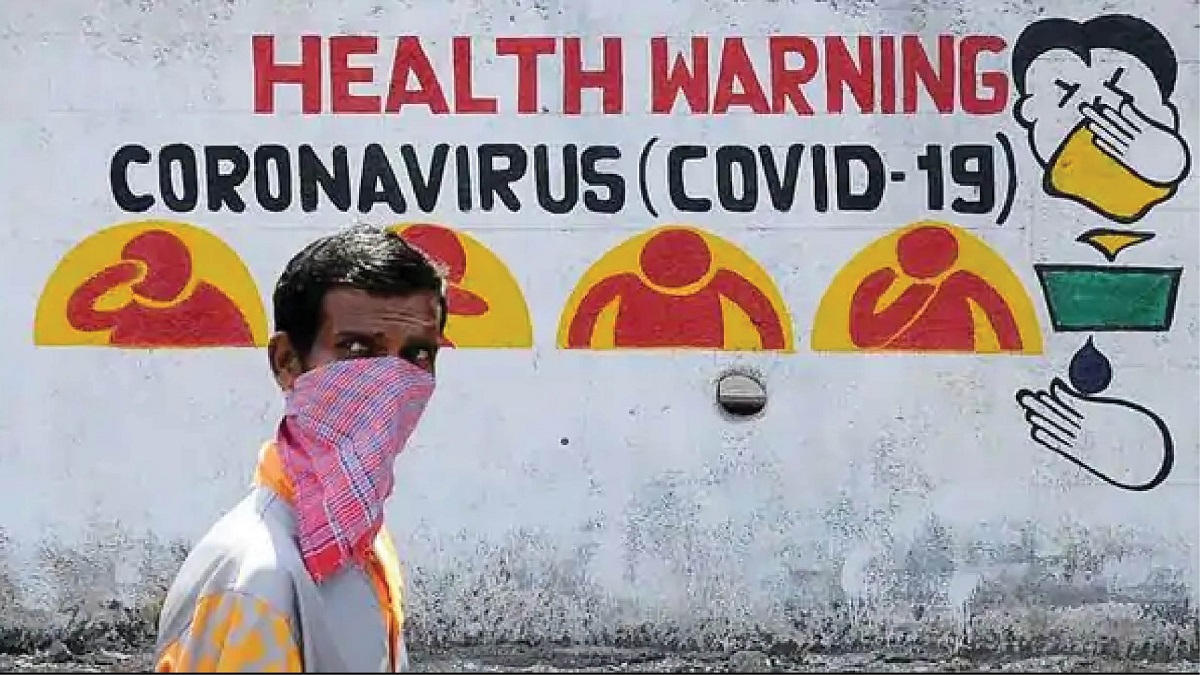
What will it take to get us to travel again? While not announcing a date for the airlines to take off, the government has come up with a Standard Operating Procedure (SOP) for the airports to function again, a key takeaway being that that once the clearance is given airports will initially operate with 30% of their capacity only while airlines will first limit their operation to Tier-I cities ie metros and some major Tier-II cities. This is a welcome line of thought for it signals a back to work mindset instead of waiting endlessly for a cure to be found. The social distancing precautions and health screening will be part of the measures taken. Guidelines for airlines are yet to come. While Delta and Emirates have done away with the middle seat, Indian carriers are protesting against this citing the fact that removing the middle seat does not meet the social distancing criteria effectively. (It also doesn’t make for a viable economic model.) Instead operators have suggested precautions like masks and gloves for the passengers, some even suggested hazmat suits (These are extraordinary times and everything is on the table.)
It would also be interesting to take another look at this report published by the Fly Healthy Research Team (2018), which points out that on medium haul flights at least 38% of the passengers left their seats at least once, either to go to the toilet or to reach for the overhead bins. And 80% of the passengers who moved around were those seated in the aisle seats. The window seat seems to be the safest option to avoid minimum contact with co-passengers while the aisle is the most vulnerable. Contactless travel is recommended, so web checking and alternate counters with marked spaces for passengers to stand in are part of the SOP. One suggestion could also be to use the Aarogya Setu app as part of the health screening as a sort of travel passport. Everyone agrees that the first step would be the driving holiday rather than flights. Hotels have already begun gearing up for this.
As Aradhana Lal, Vice-President, Lemon Trees Hotels, told me, they have already begun putting protocols in place such as making sure each room is thoroughly sanitised after each guest (as opposed to simply cleaning and changing the linen), and ensuring that tables at the coffee shops are spread far and wide (thereby also reducing the number of tables) and so forth. As for the concerns about the recycled air within the aircraft the WHO recently came out with a report which pointed out that “most aircraft have modern recirculation systems which recycle up to 50% of the cabin air. The recirculated air is usually passed through HEPA (High Efficiency Particulate Air) filters, of the type used in ICUs, which trap dust particles, bacteria, fungi and viruses”. That is, of course, if you still believe the WHO, especially after the way it has handled the corona fallout. But in the end, with adequate precautions, it is possible to be back in the air again, and still live to tell the tale